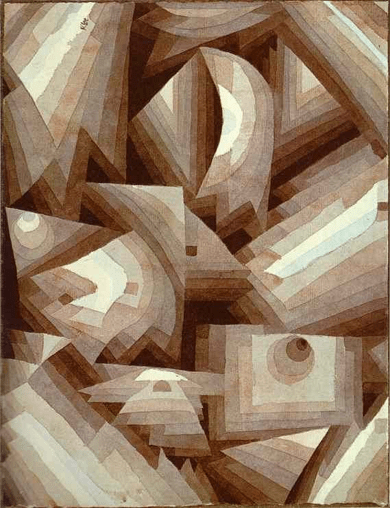Crystal, 1921 Watercolor by Paul Klee
My physical therapy clinic in Sarasota, Florida sees many patients who are surprised to learn that they have crystals in their ears, and yes, they are supposed to be there! The crystals are made of calcium carbonate, and are called otoconia. Under an electron microscope they look like little grains of rice.
The crystals sit on top of the nerve cells in the ear. The purpose of these crystals is to help stimulate the nerve when the inner ear fluid whooshes over the nerve in response to movement. However, if these crystals come loose and start floating in the ear canals where they don’t belong, this can trigger vertigo.
Vertigo is a sensation that the world is spinning around you, or that the world is still but you are spinning. The name of the condition is Benign Paroxysmal Positional Vertigo (BPPV). The vertigo sensation is triggered by motion, and it usually lasts just a few seconds. Treatment for this problem consists of maneuvers to guide the crystals back into the part of the ear where they belong.
Once there, we want the crystals to sink back into a jelly-like matrix on top of the nerve cells, so that they stick in place and stay where they belong. Once back in place, life returns to normal, and the vertigo episodes cease.




